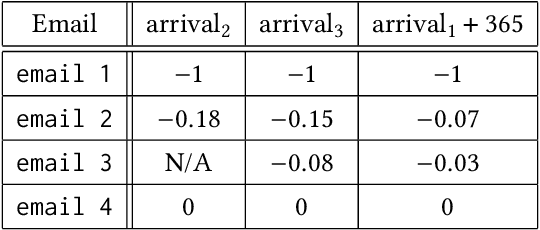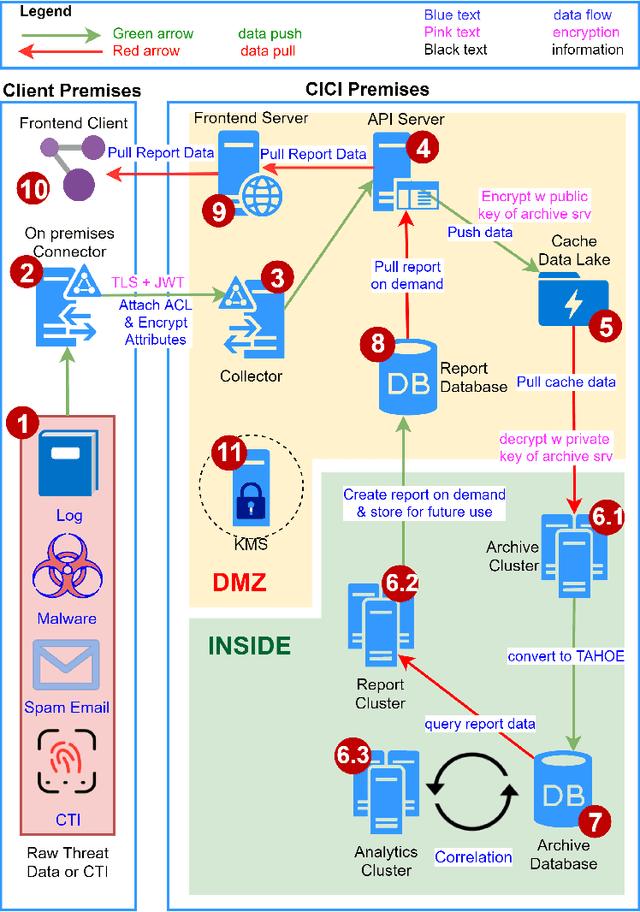Shamik Sengupta
Locality Sensitive Hashing for Network Traffic Fingerprinting
Feb 12, 2024



Abstract:The advent of the Internet of Things (IoT) has brought forth additional intricacies and difficulties to computer networks. These gadgets are particularly susceptible to cyber-attacks because of their simplistic design. Therefore, it is crucial to recognise these devices inside a network for the purpose of network administration and to identify any harmful actions. Network traffic fingerprinting is a crucial technique for identifying devices and detecting anomalies. Currently, the predominant methods for this depend heavily on machine learning (ML). Nevertheless, machine learning (ML) methods need the selection of features, adjustment of hyperparameters, and retraining of models to attain optimal outcomes and provide resilience to concept drifts detected in a network. In this research, we suggest using locality-sensitive hashing (LSH) for network traffic fingerprinting as a solution to these difficulties. Our study focuses on examining several design options for the Nilsimsa LSH function. We then use this function to create unique fingerprints for network data, which may be used to identify devices. We also compared it with ML-based traffic fingerprinting and observed that our method increases the accuracy of state-of-the-art by 12% achieving around 94% accuracy in identifying devices in a network.
Give and Take: Federated Transfer Learning for Industrial IoT Network Intrusion Detection
Oct 11, 2023Abstract:The rapid growth in Internet of Things (IoT) technology has become an integral part of today's industries forming the Industrial IoT (IIoT) initiative, where industries are leveraging IoT to improve communication and connectivity via emerging solutions like data analytics and cloud computing. Unfortunately, the rapid use of IoT has made it an attractive target for cybercriminals. Therefore, protecting these systems is of utmost importance. In this paper, we propose a federated transfer learning (FTL) approach to perform IIoT network intrusion detection. As part of the research, we also propose a combinational neural network as the centerpiece for performing FTL. The proposed technique splits IoT data between the client and server devices to generate corresponding models, and the weights of the client models are combined to update the server model. Results showcase high performance for the FTL setup between iterations on both the IIoT clients and the server. Additionally, the proposed FTL setup achieves better overall performance than contemporary machine learning algorithms at performing network intrusion detection.
Cybersecurity Information Exchange with Privacy (CYBEX-P) and TAHOE -- A Cyberthreat Language
Jun 03, 2021



Abstract:Cybersecurity information sharing (CIS) is envisioned to protect organizations more effectively from advanced cyber attacks. However, a completely automated CIS platform is not widely adopted. The major challenges are: (1) the absence of a robust cyber threat language (CTL) and (2) the concerns over data privacy. This work introduces Cybersecurity Information Exchangewith Privacy (CYBEX-P), as a CIS framework, to tackle these challenges. CYBEX-P allows organizations to share heterogeneous data with granular, attribute based privacy control. It correlates the data to automatically generate intuitive reports and defensive rules. To achieve such versatility, we have developed TAHOE - a graph based CTL. TAHOE is a structure for storing,sharing and analyzing threat data. It also intrinsically correlates the data. We have further developed a universal Threat Data Query Language (TDQL). In this paper, we propose the system architecture for CYBEX-P. We then discuss its scalability and privacy features along with a use case of CYBEX-P providing Infrastructure as a Service (IaaS). We further introduce TAHOE& TDQL as better alternatives to existing CTLs and formulate ThreatRank - an algorithm to detect new malicious even
 Add to Chrome
Add to Chrome Add to Firefox
Add to Firefox Add to Edge
Add to Edge